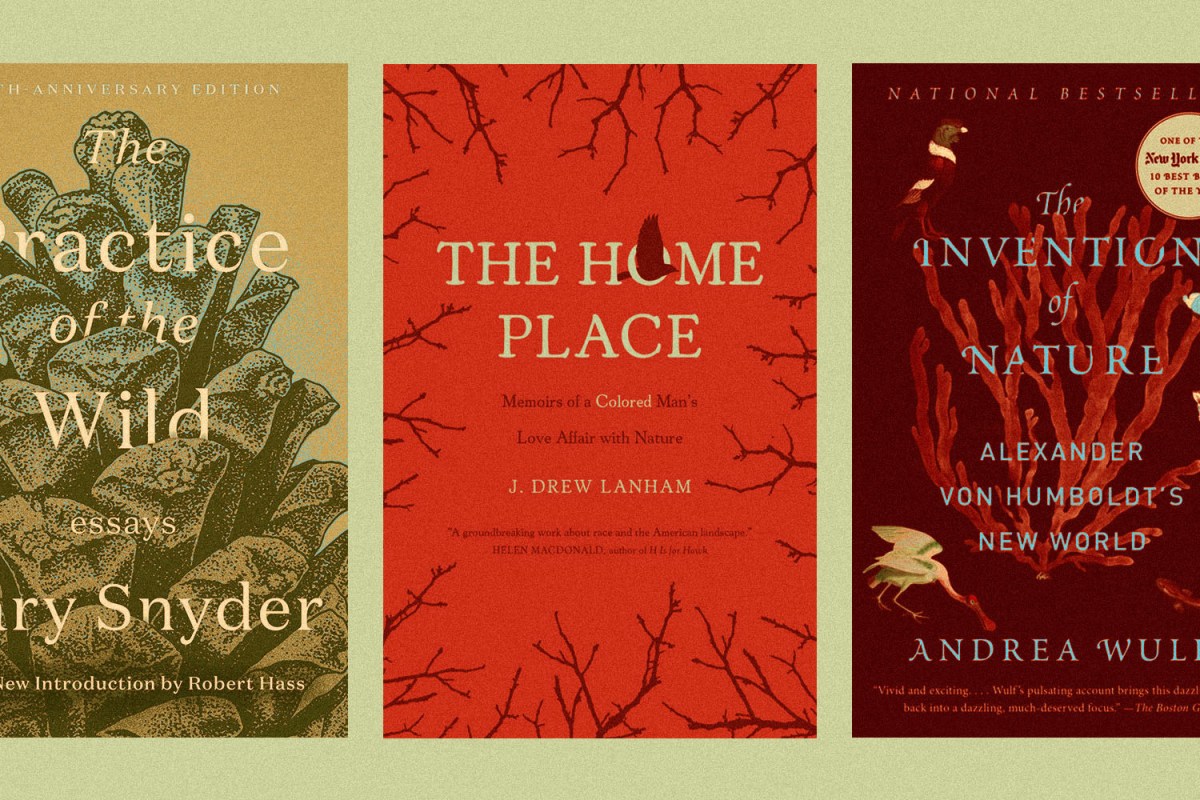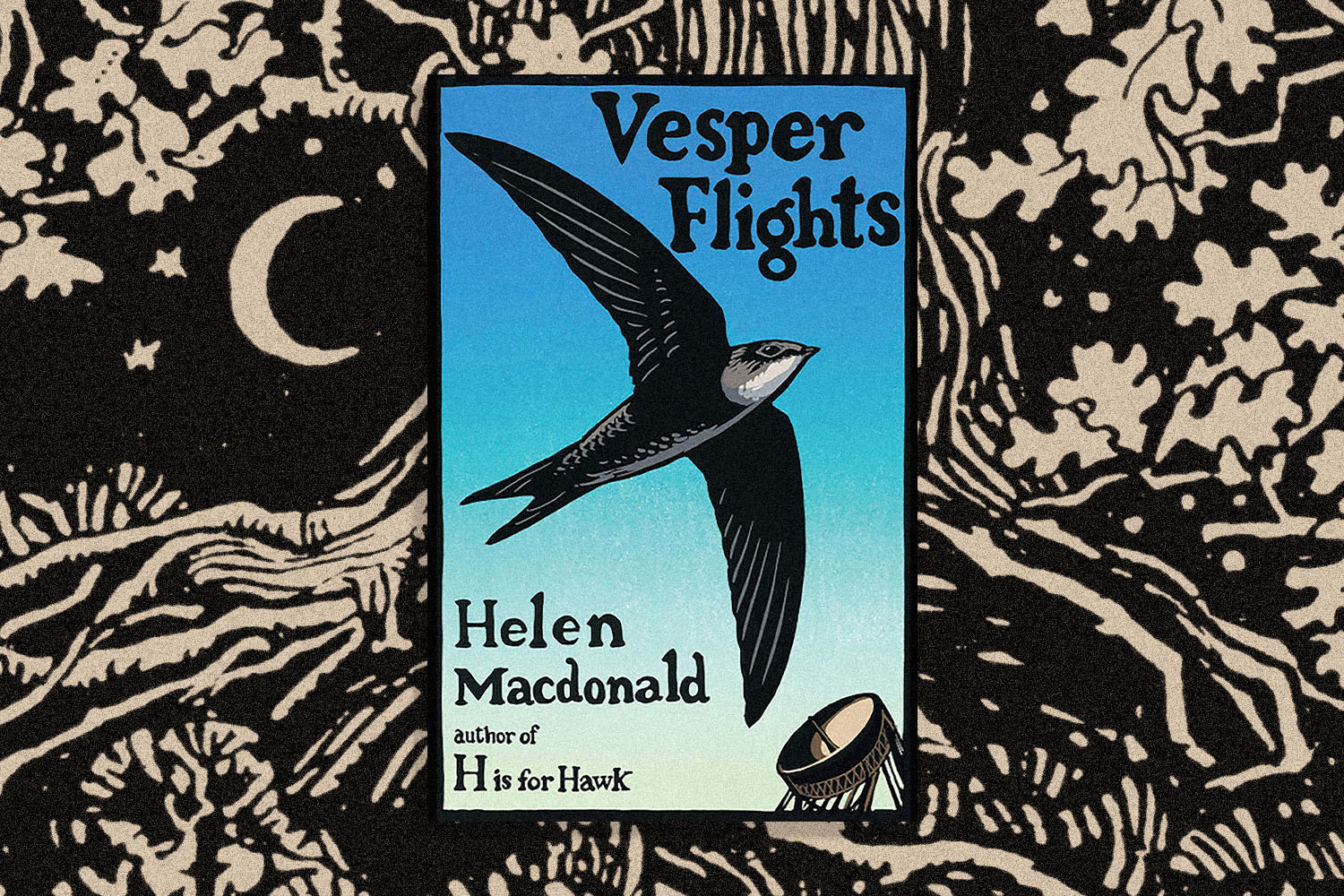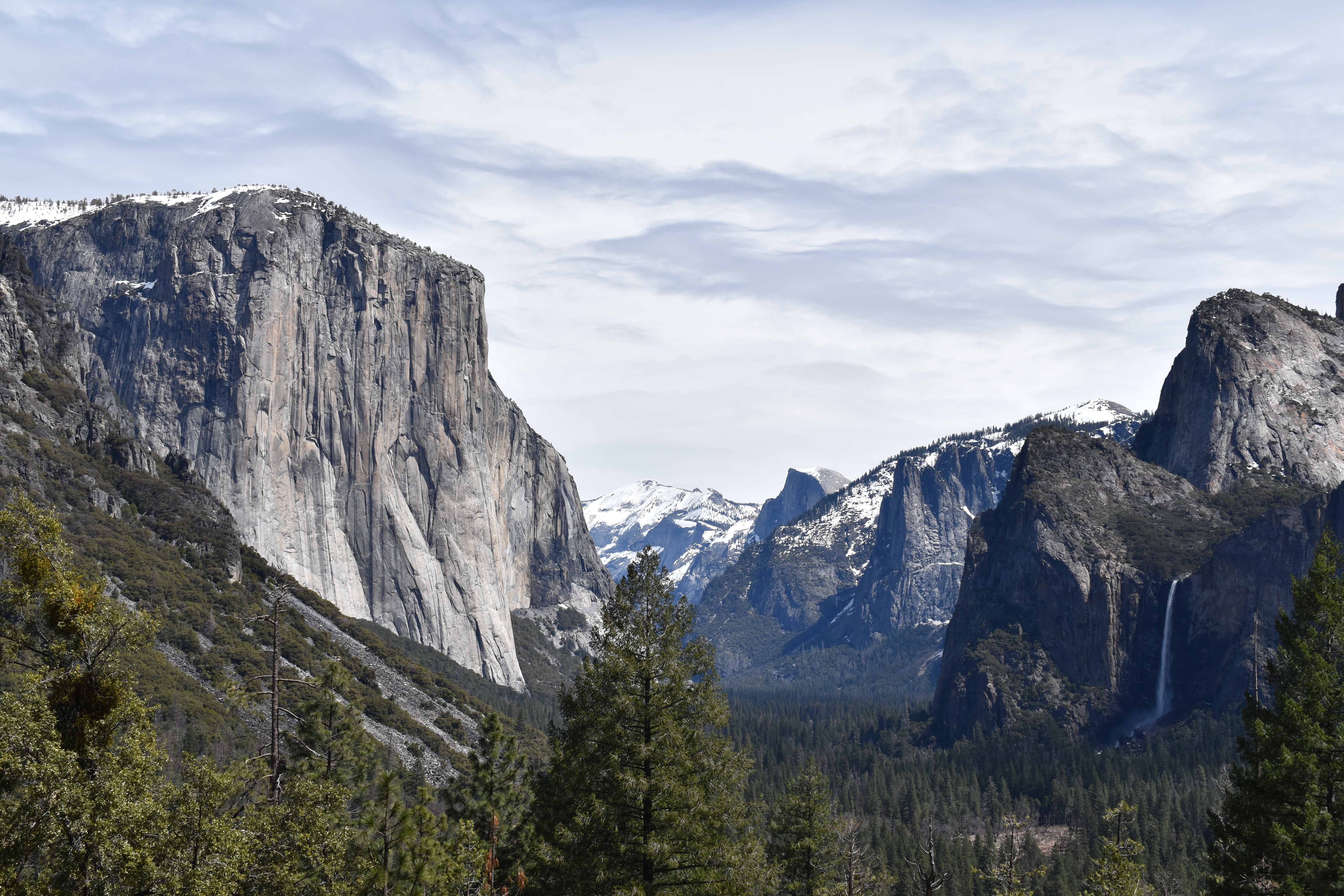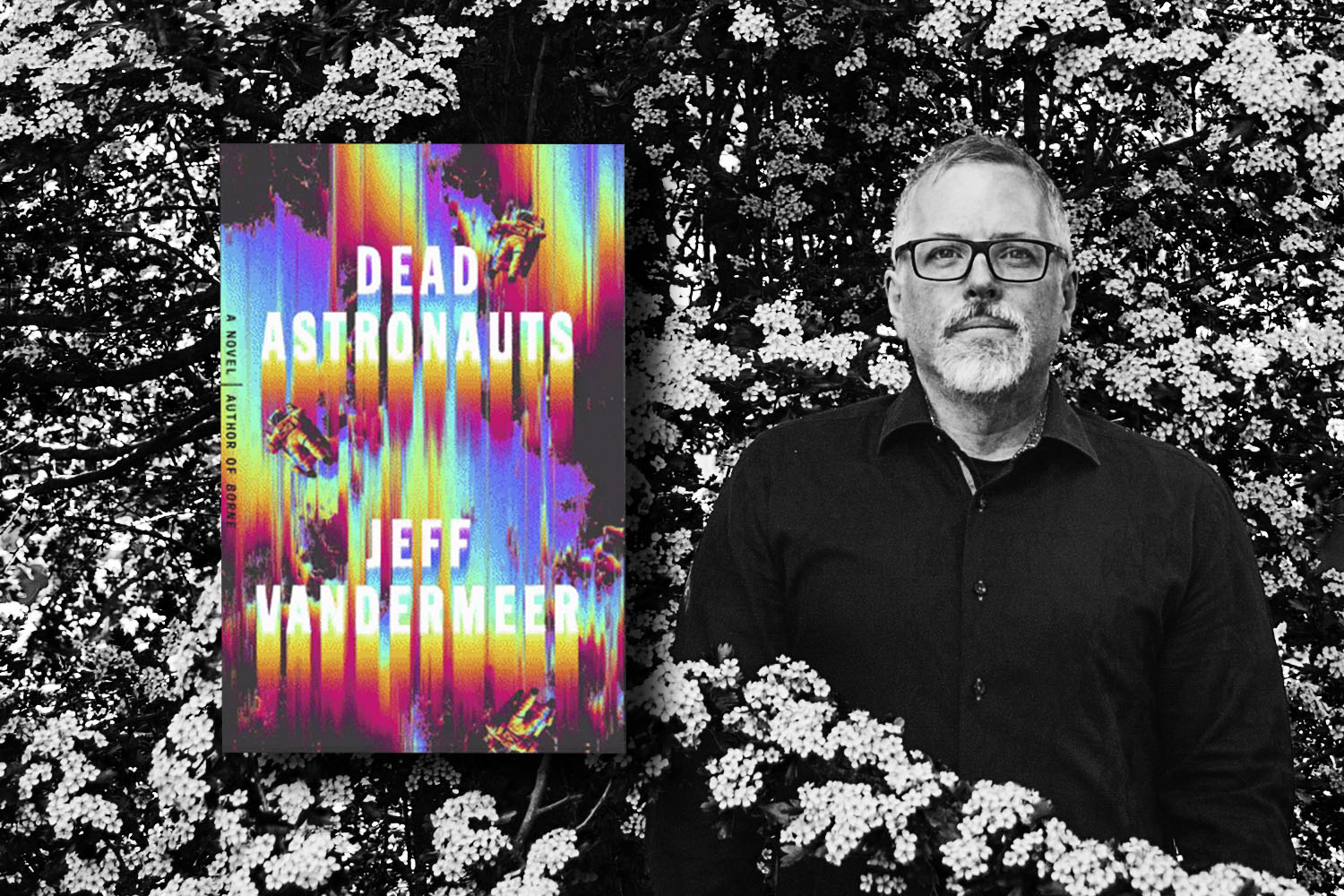This is the fourth in a series of pieces we’ll be running all month on Helen Macdonald’s Vesper Flights, the InsideHook Book Club pick for September. You sign up for our Book Club email to receive important updates, announcements and notifications here.
For as long as people have been writing, they’ve been writing about the world around them. It doesn’t take too much effort to find a classic example of nature writing from an earlier century — which could be Matsuo Bashō’s lyrical account of his travels in 17th-century Japan or Henry David Thoreau’s moving account of living a life in isolation.
In recent years, a host of writers have worked to redefine just what nature writing can be. Some of them bring a poet’s eye for detail to their descriptions of the natural world, while others juxtapose observations about the world with ruminations on science or sociology. And while their works may differ in some fundamental ways from those of Thoreau or Bashō, they all share a similar purpose: transporting the reader to somewhere new, and evoking a landscape through words on a page.
Below, a list of 20 contemporary books that explore our relationship with the natural world.
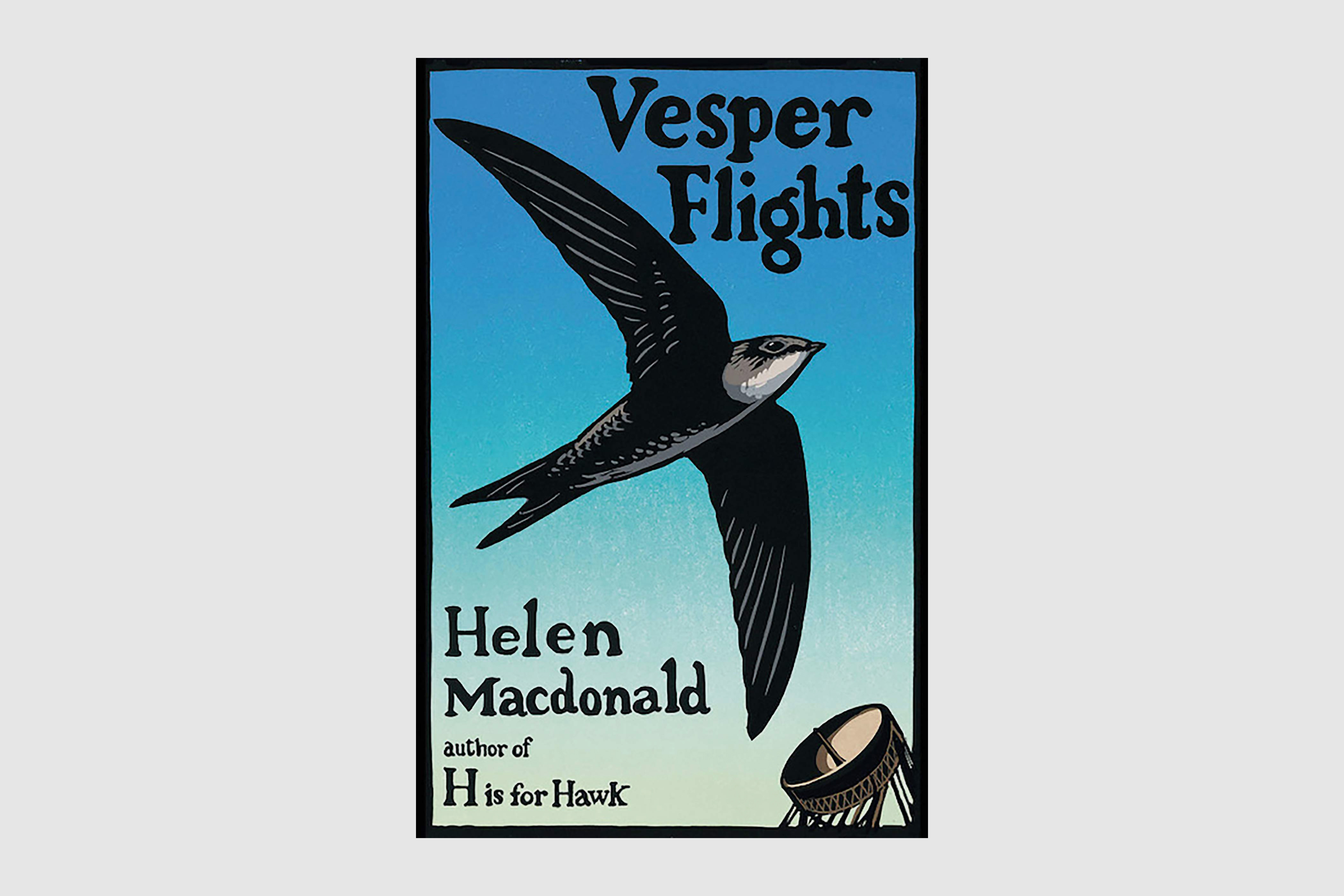
Vesper Flights by Helen Macdonald
What makes Helen Macdonald’s writing about nature stand out so much comes from a combination of factors. Macdonald is equally at home writing poetry and prose, for one thing, giving her writing a memorable precision. She’s also well aware of the traditions she’s working in: her earlier H Is for Hawk told a compelling story all its own, but also alluded to earlier books about the connections between humans and birds, such as T. H. White’s The Goshawk. Vesper Flights brings together a collection of Macdonald’s essays, showcasing the full range of her ability to translate a place into prose.

The Wild Places by Robert Macfarlane
Across many of his books, Robert Macfarlane has wrestled with a constant question: What is the place where nature, history and language converge? Can we trace our relationship to the natural world by examining the ways we talk about it? In The Wild Places, Macfarlane travels across Britain and Ireland in search of, well, wild places — and, along the way, chronicles the ever-evolving status of what it means for a place to be “wild.”
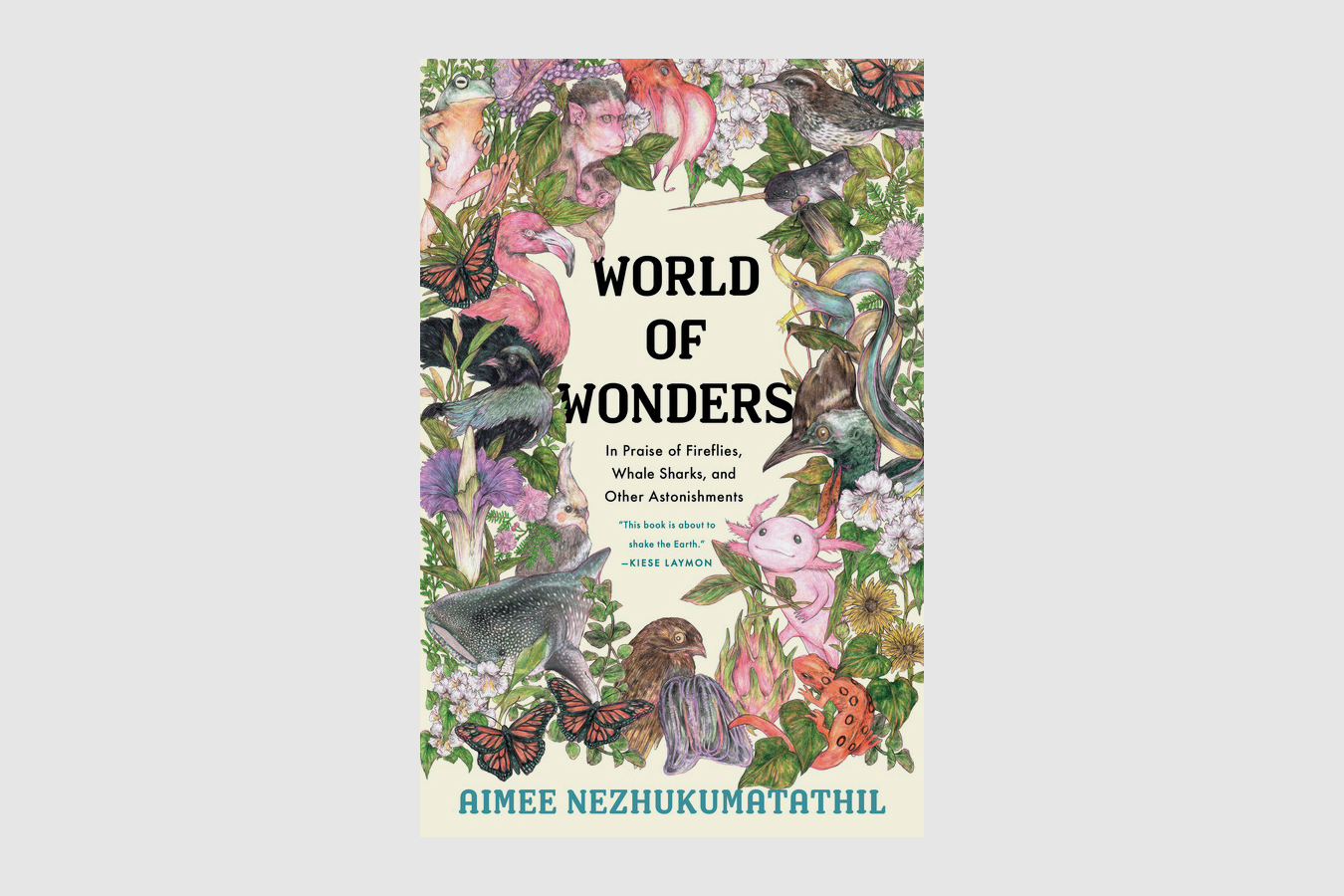
World of Wonders: In Praise of Fireflies, Whale Sharks, and Other Astonishments by Aimee Nezhukumatathil
Helen Macdonald isn’t the only writer well-versed in both poetry and prose focused on nature. World of Wonders is Aimee Nezhukumatathil’s first book of nonfiction after a host of acclaimed poetry collections; in it, she draws from her own experiences growing up and her fascination with the animals of numerous continents to create a powerful collection of essays.
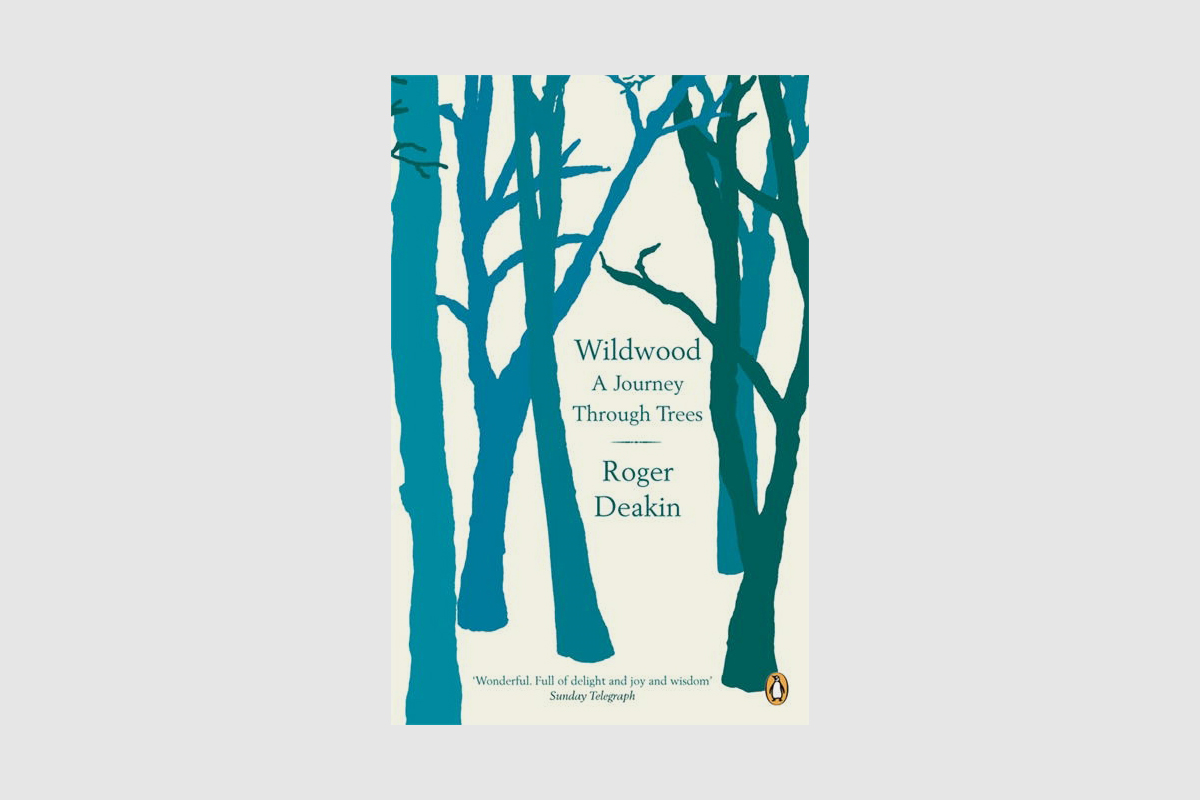
Wildwood by Roger Deakin
The work of the late Roger Deakin looms large for many a nature writer in 2020. He’s best known for his book Waterlog, about his efforts to swim in bodies of water across Great Britain. (His life and work come up a lot in this excellent article at The New Yorker.) Wildwood is the final book Deakin completed in his lifetime; as the title suggests, it takes as its subject trees, which have proven to be a welcome muse to many a nature writer over the years.
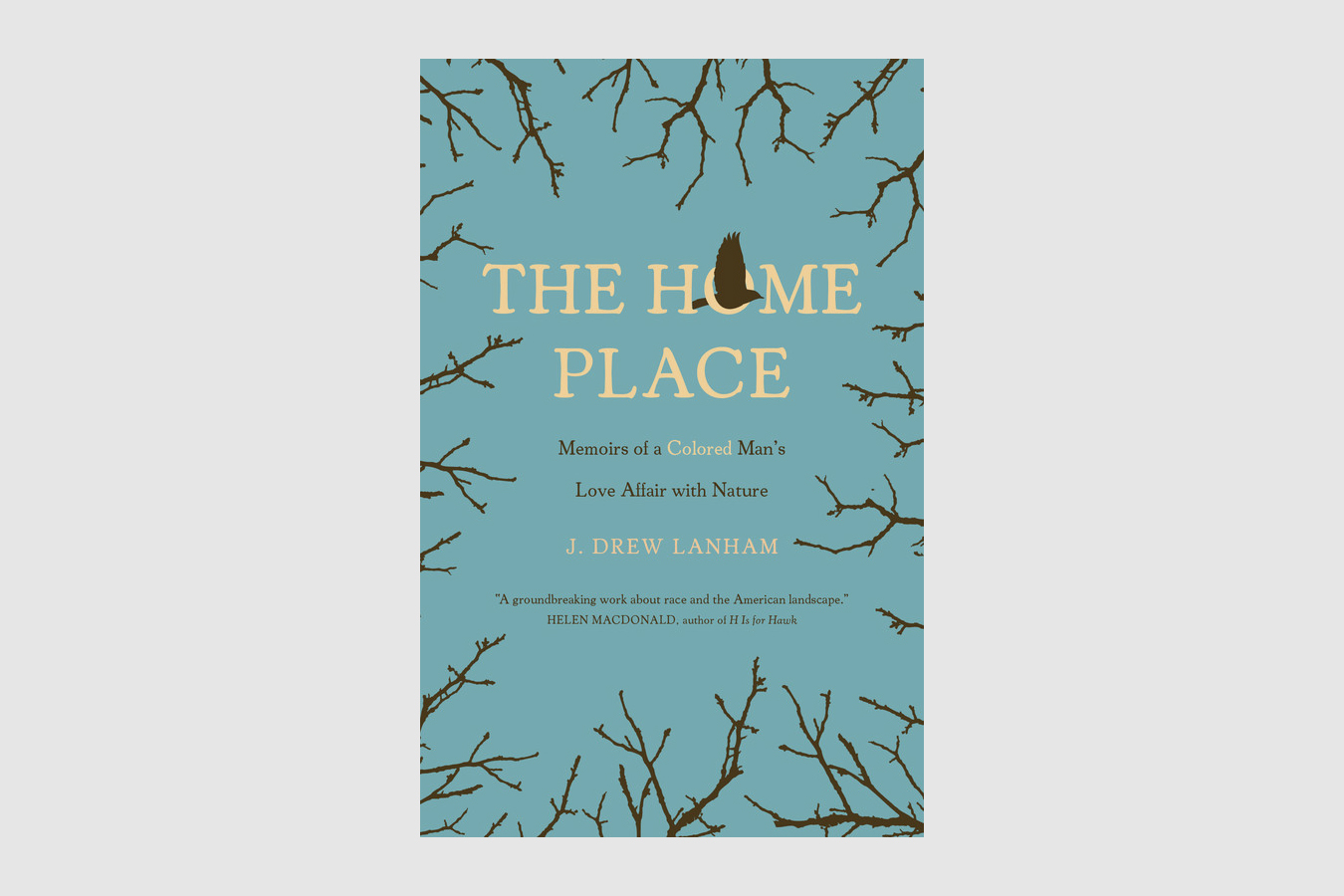
The Home Place: Memoirs of a Colored Man’s Love Affair with Nature by J. Drew Lanham
Whether it’s focused on the smallest details of a landscape or gloriously transcendental in its themes, nature writing doesn’t happen in a vacuum. In his book The Home Place, J. Drew Lanham explores questions of race as they relate to the landscape he’s spent his whole life thinking about — and provides a singular take on nature writing that wrestles with questions other writers may take for granted.
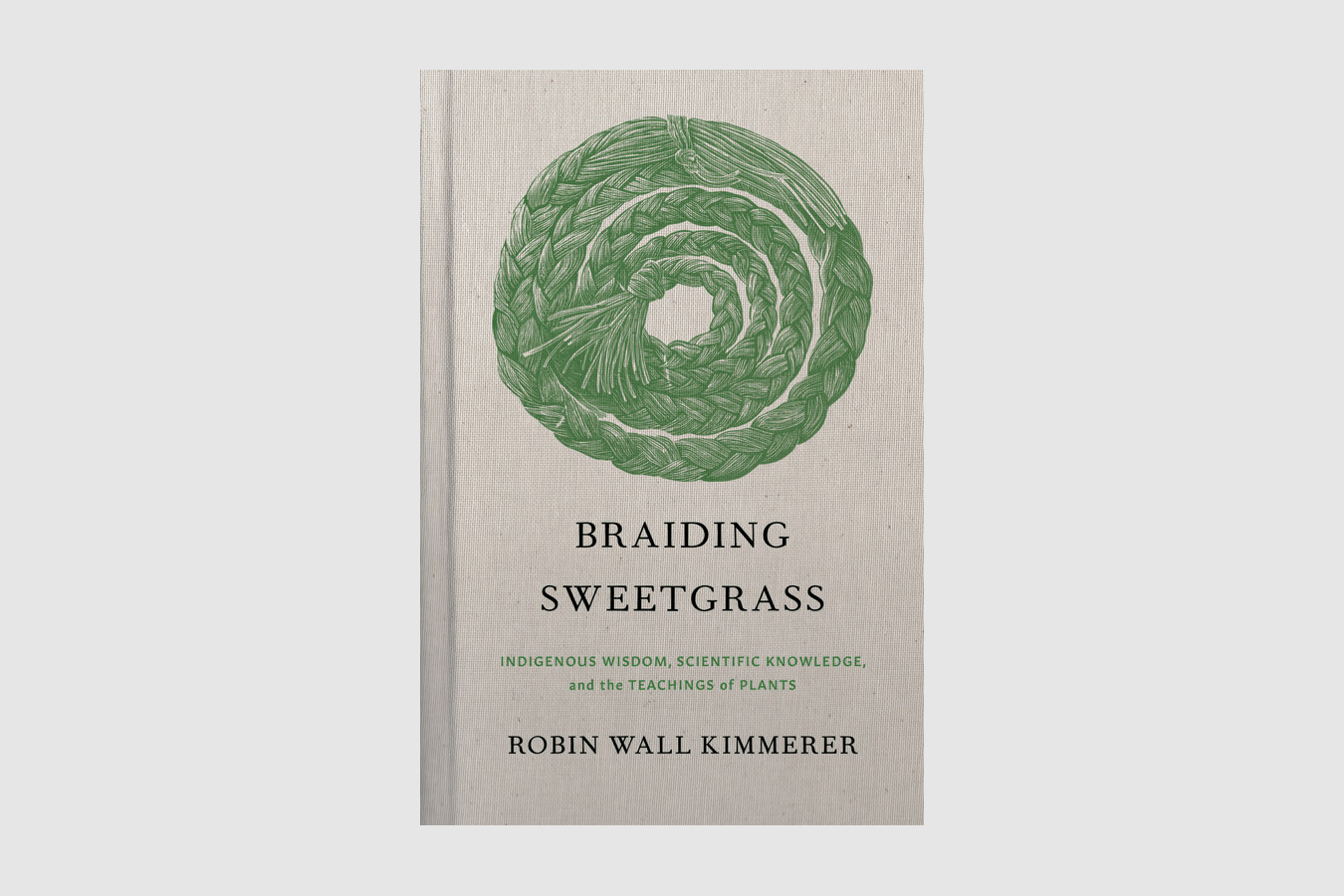
Braiding Sweetgrass by Robin Wall Kimmerer
When writing about nature, some writers approach it from a scientific angle; others explore it by way of history and tradition. Robin Wall Kimmerer has a foot in each camp, through her heritage as a member of the Citizen Potawatomi Nation and her training as a botanist. In Braiding Sweetgrass, she brings these two areas of knowledge together in a host of memorable essays.
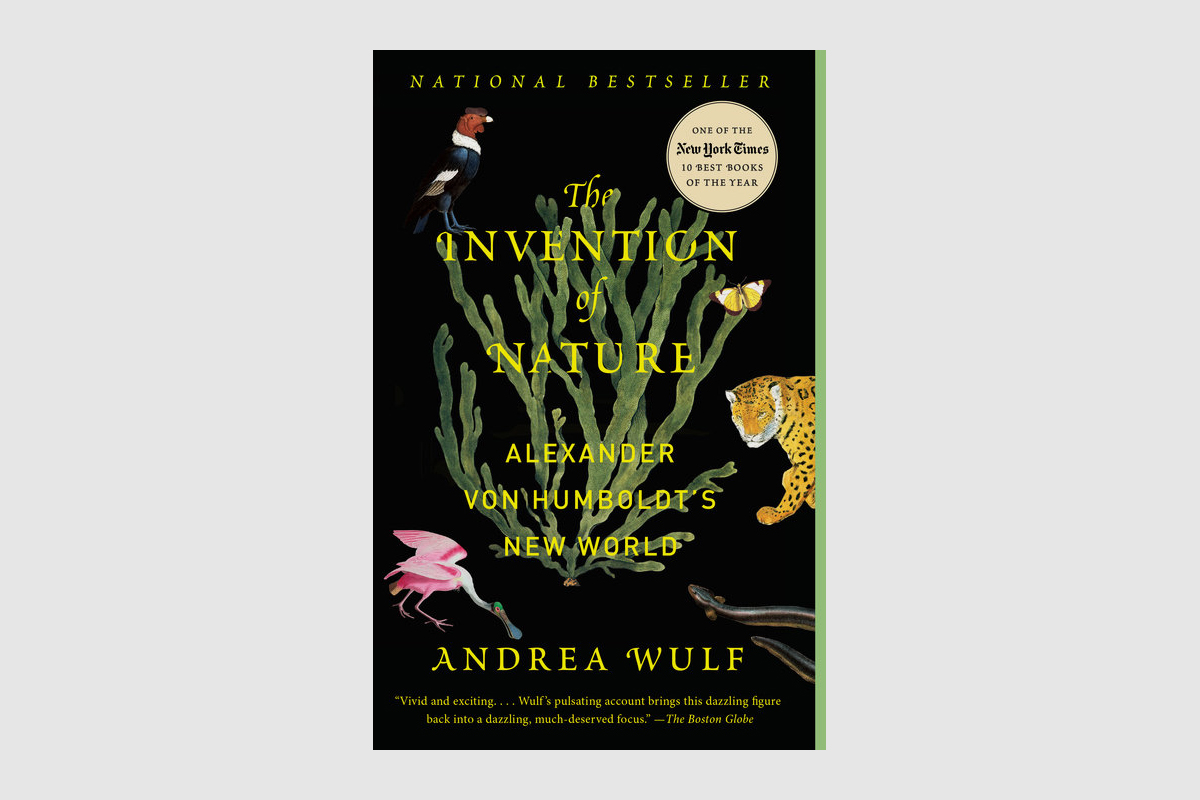
The Invention of Nature: Alexander von Humboldt’s New World by Andrea Wulf
For some writers, writing about nature can mean writing about the ways people have written about nature. That’s what Andrea Wulf did with her book The Invention of Nature, which explores the life and works of scientist Alexander von Humboldt. The subject of Wulf’s book has been dead for over 150 years, but his work continues to influence how we think and write about the natural world — and the nature of that influence makes for a fascinating read.
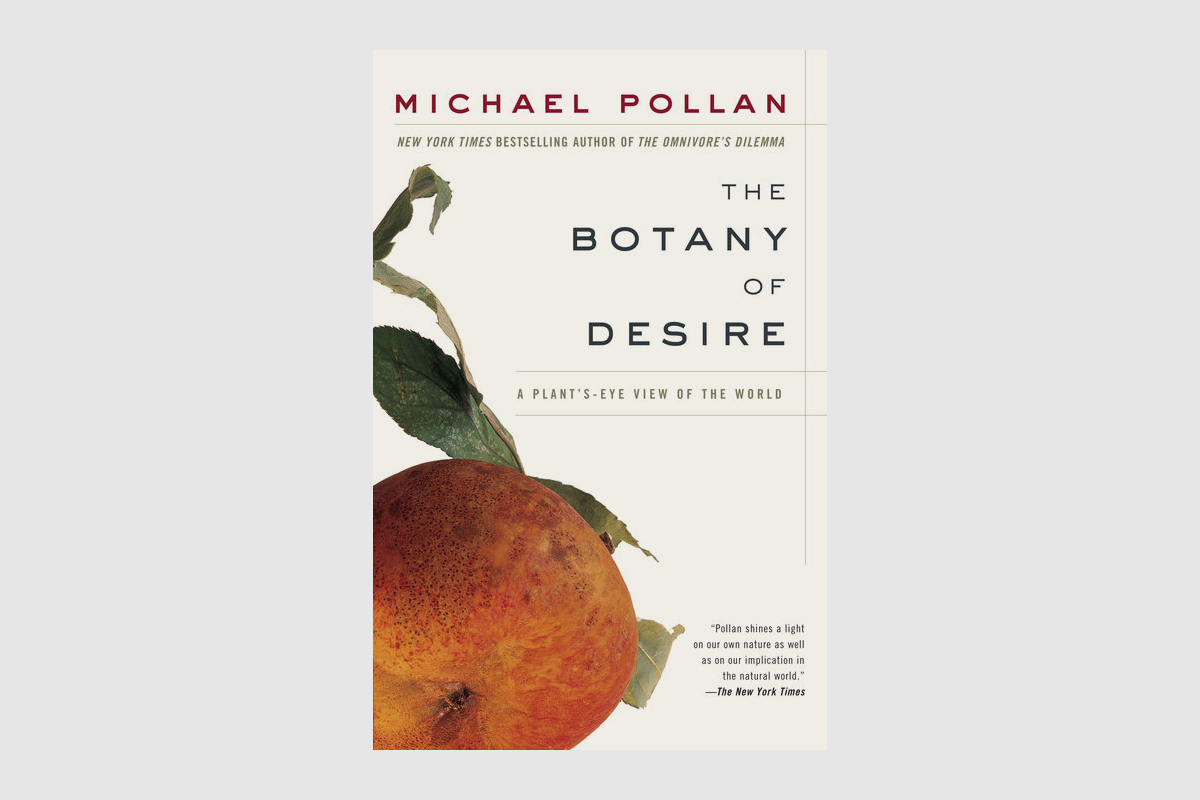
The Botany of Desire: A Plant’s-Eye View of the World by Michael Pollan
What happens when science and history converge in one narrative? Michael Pollan’s groundbreaking The Botany of Desire helps to answer that question. This is a book, after all, which offers insight into how plants have evolved and how humanity has shaped them over the years.
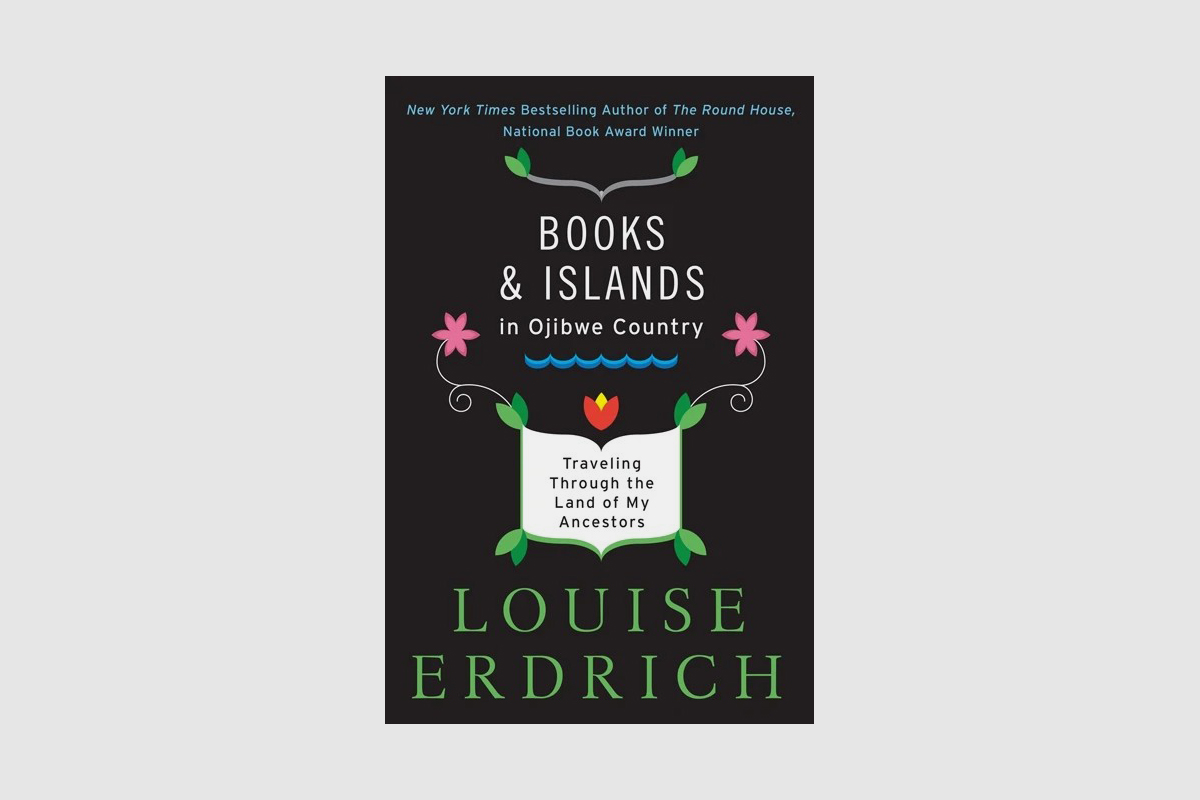
Books and Islands in Ojibwe Country: Traveling Through the Land of My Ancestors by Louise Erdrich
Some examples of nature writing venture into the scientific or the historical. Others line up more neatly with travel writing — which could be said about this volume from the great Louise Erdrich. Documenting her travels through the waters of southern Ontario, Erdrich offers readers a powerful evocation of the landscape along with her own reflections on its history.
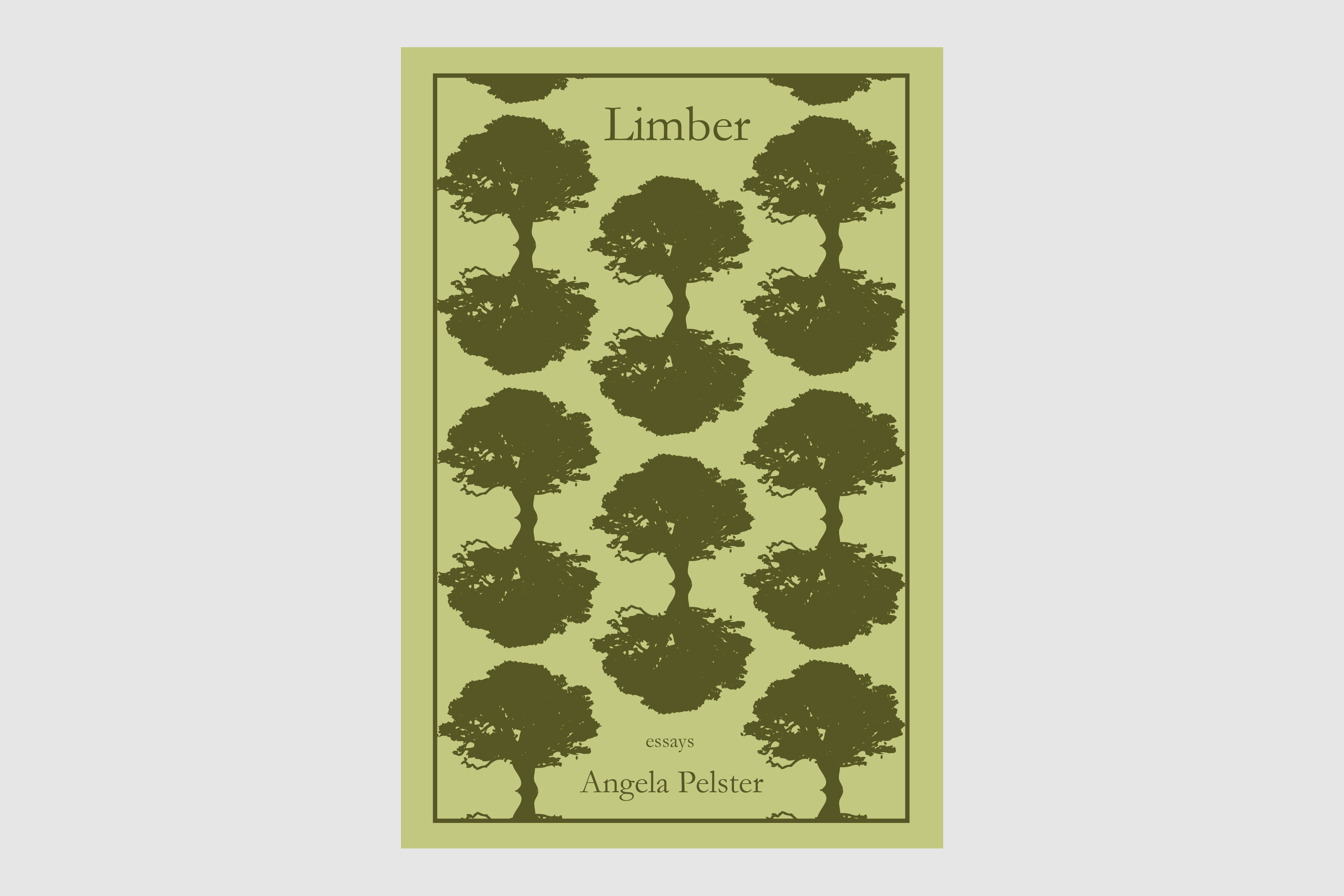
Limber by Angela Pelster
When confronting nature, some writers focus on wildlife or entire ecosystems. For Angela Pelster, the focal point of her book Limber ended up being trees. And while this book is relatively slim, it does the weightiness of its subject justice. “I’m also a big fan of following rabbit trails only to discover that they are actually intentional paths with distinct destinations, and I hope that is what reading my book feels like,” Pelster said in a 2015 interview — and that unpredictability makes for a memorable read.
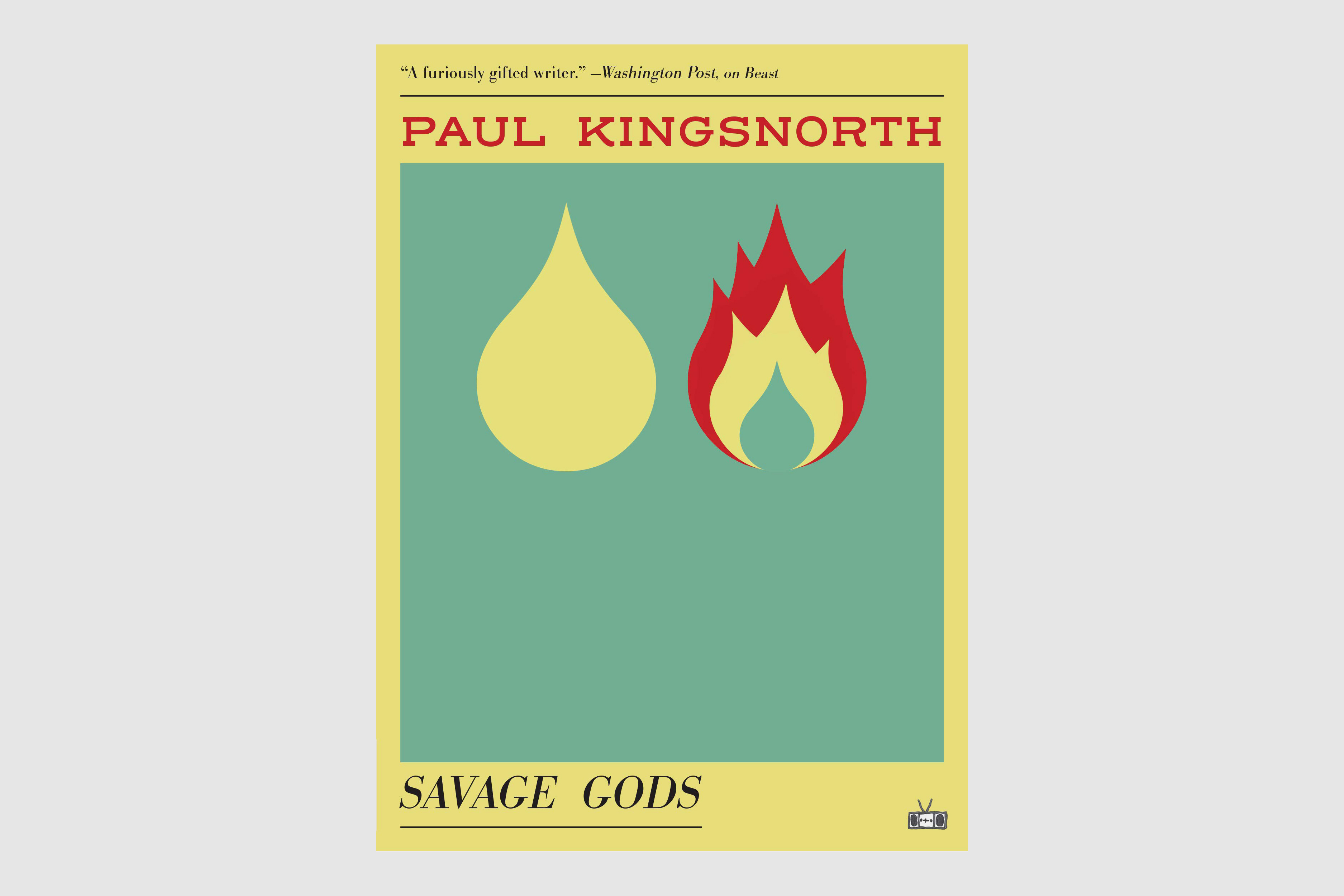
Savage Gods by Paul Kingsnorth
When he’s not writing fiction set in harsh and unforgiving landscapes, Paul Kingsnorth is writing nonfiction about some of those same natural spaces. Kingsnorth has a contentious relationship with nature — another of his books is titled Confessions of a Recovering Environmentalist and Other Essays. In Savage Gods, Kingsnorth writes about his attempt to live in balance with nature — and how that took an unexpected turn for Kingsnorth and his family.
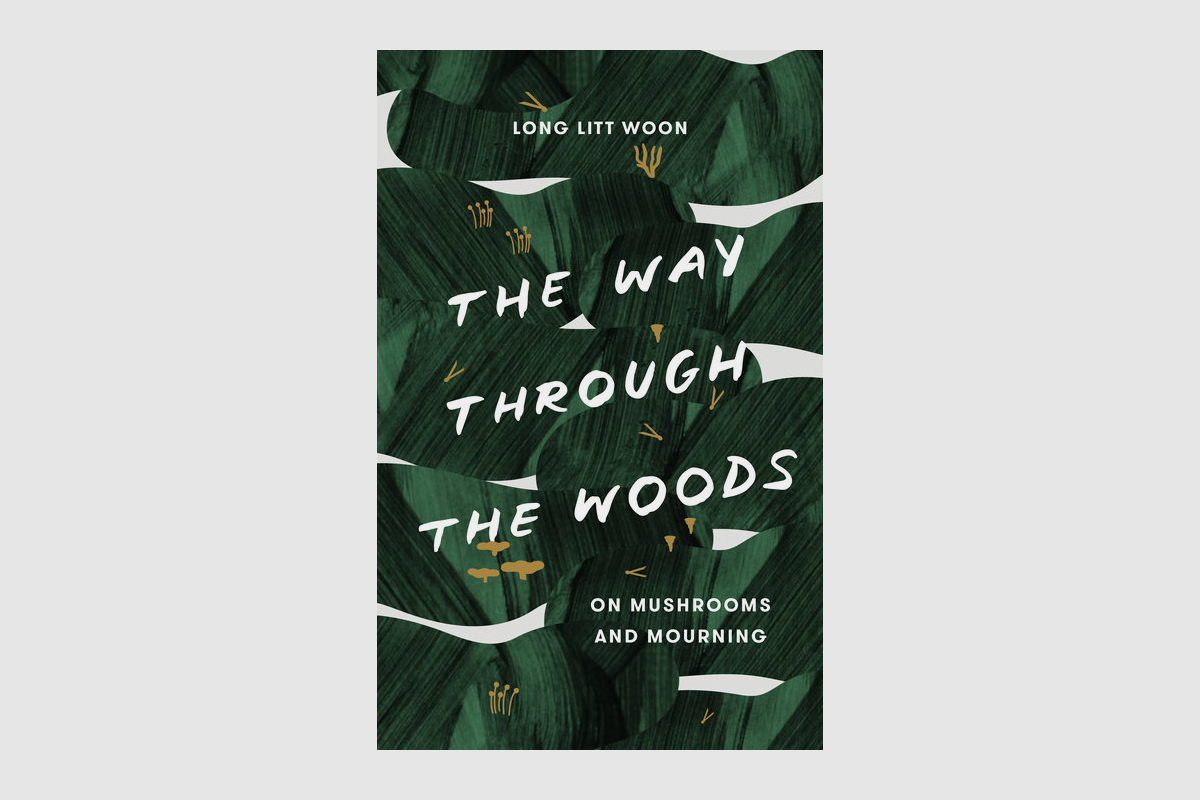
The Way Through the Woods: On Mushrooms and Mourning by Long Litt Woon
Writing about food and writing about nature can go hand in hand. Long Litt Woon’s moving The Way Through the Woods offers plenty of detailed writings on the subject of foraging for (and cooking with) mushrooms, but those are both nestled within a larger narrative about navigating grief and loss, and discovering a newfound sense of community.
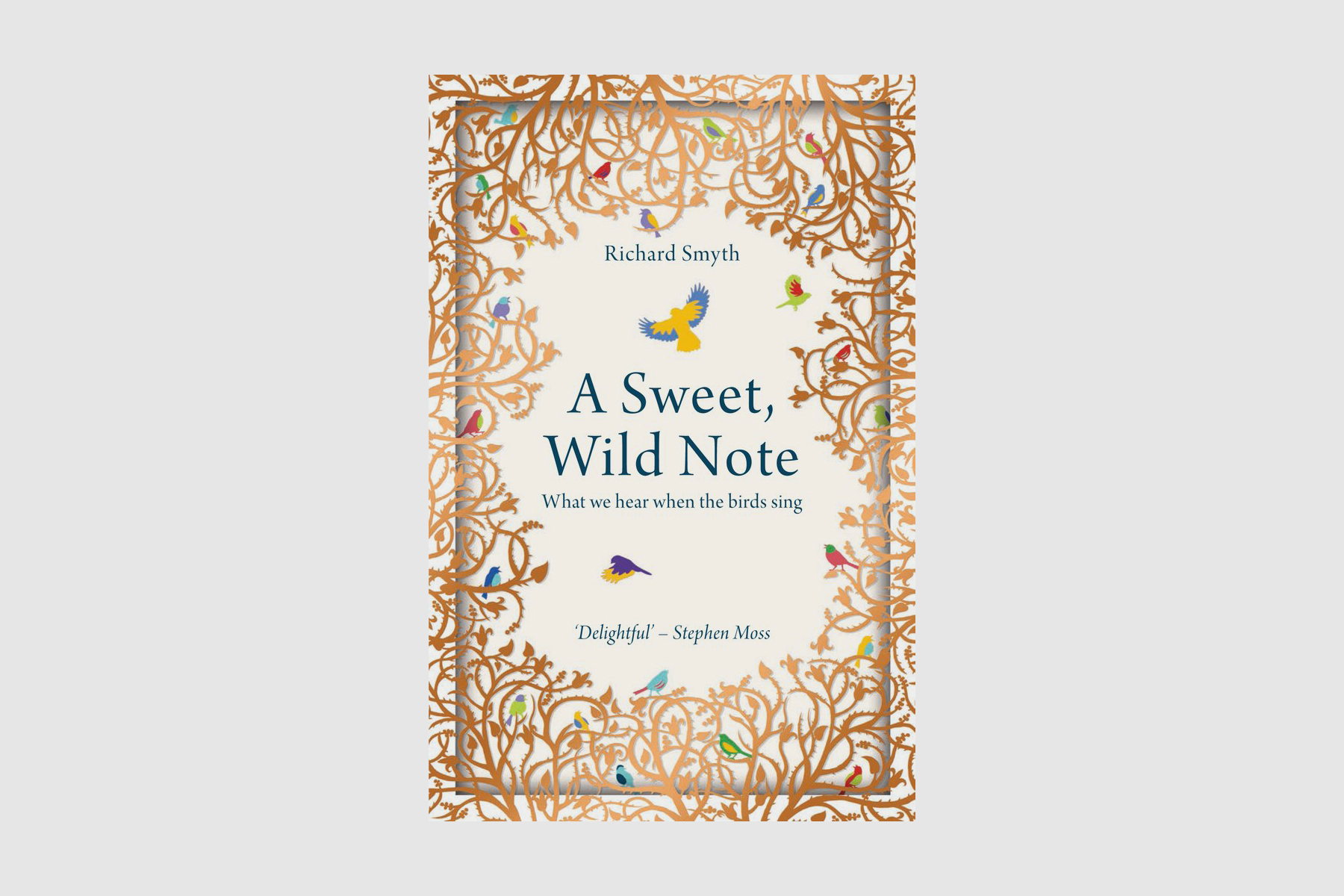
A Sweet, Wild Note: What We Hear When the Birds Sing by Richard Smyth
Richard Smyth has an impressively diverse resume, encompassing everything from precise forays into history to the creation of crossword puzzles. His is an esoteric blend of knowledge, which makes him an ideal choice to write about the way birds sing, and the way that humanity has had an influence on it.
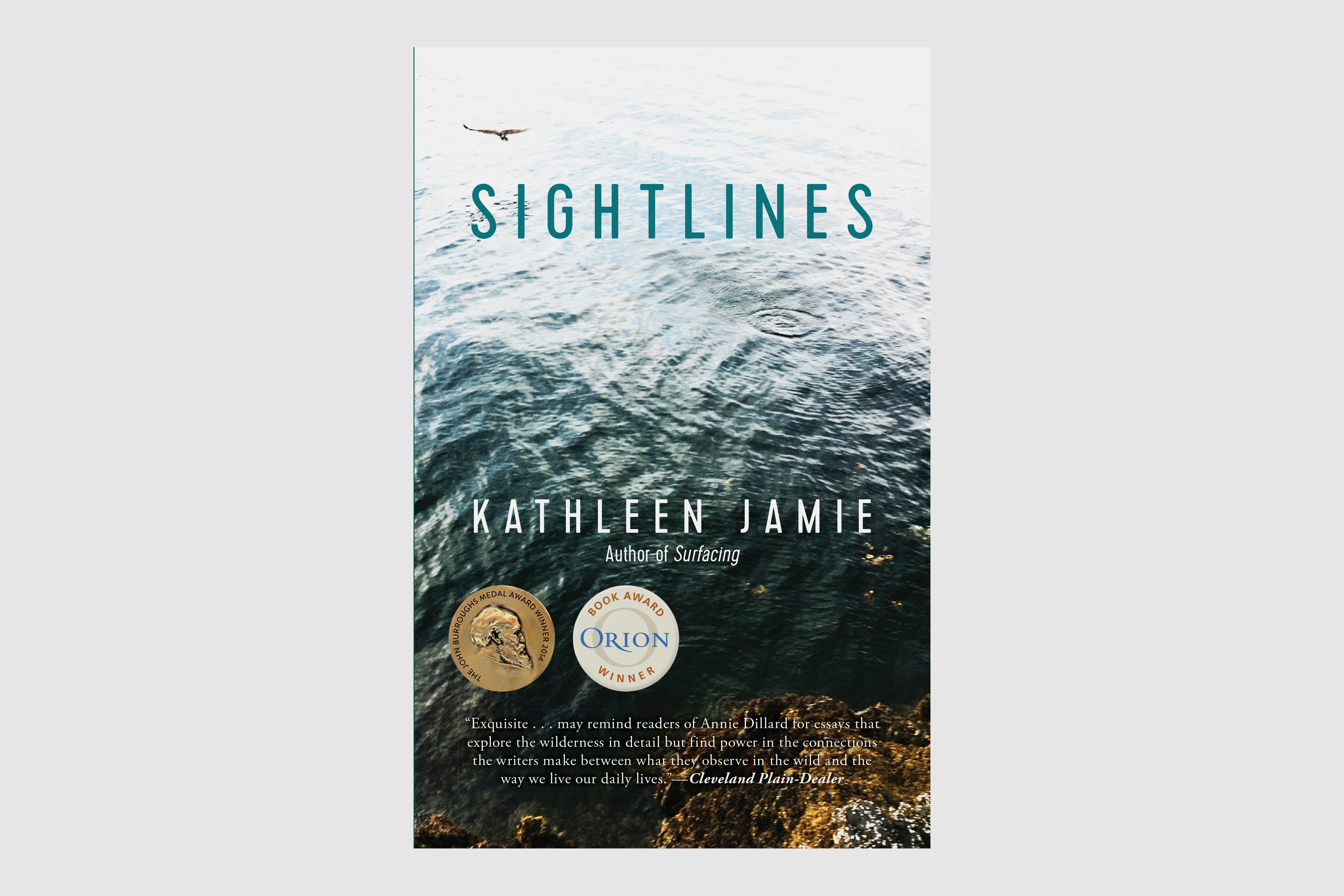
Sightlines: A Conversation with the Natural World by Kathleen Jamie
Some nature writing is brilliantly grounded in its author’s voice. That’s very much the case with Kathleen Jamie’s Sightlines, which explores the landscapes that Jamie has traversed throughout her life. In particular, Jamie chronicles life in Scotland and voyages to the Arctic with great detail, leaving readers with a sense that they’d been there themselves.
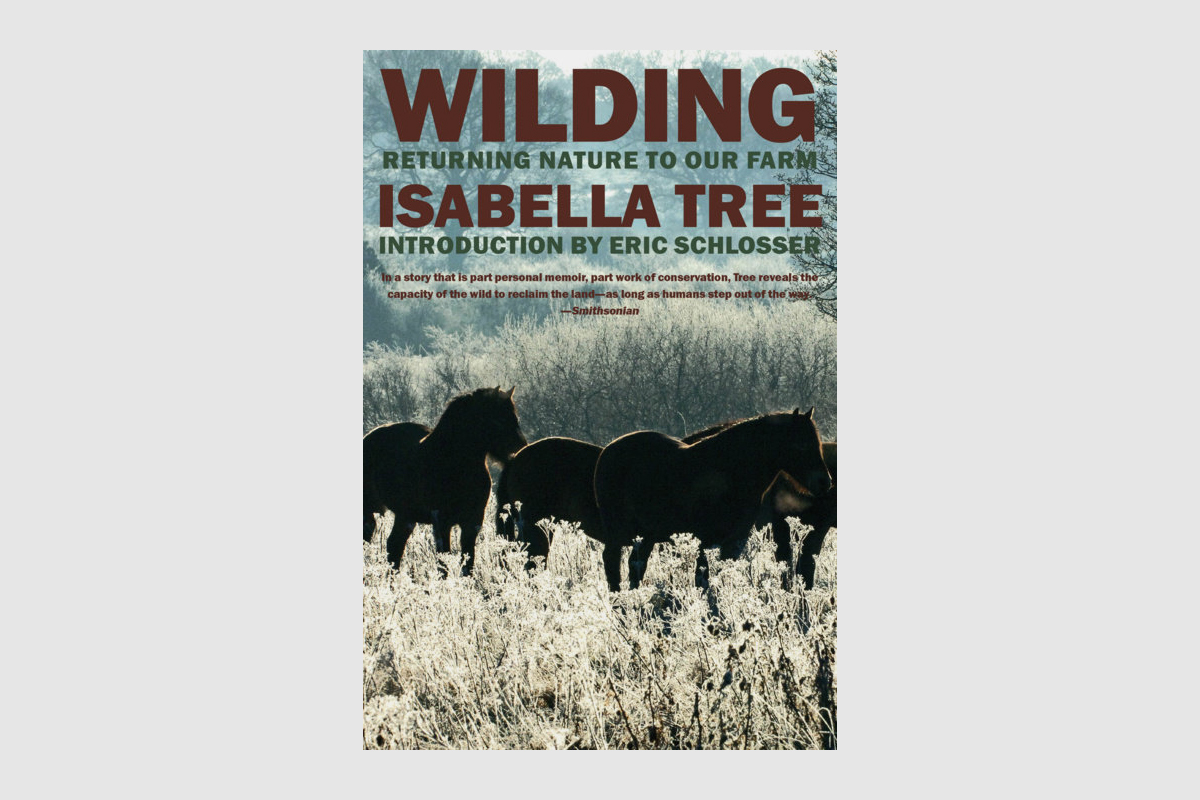
Wilding: Returning Nature to Our Farm by Isabella Tree
What would happen if someone took a carefully managed landscape and allowed it to return into a wilder state? Isabella Tree and her husband did precisely that, slowly transforming their farm into a space that evoked a much older version of the land. Blending idealistic and pragmatic strains, this book memorably balances its seemingly contradictory impulses.
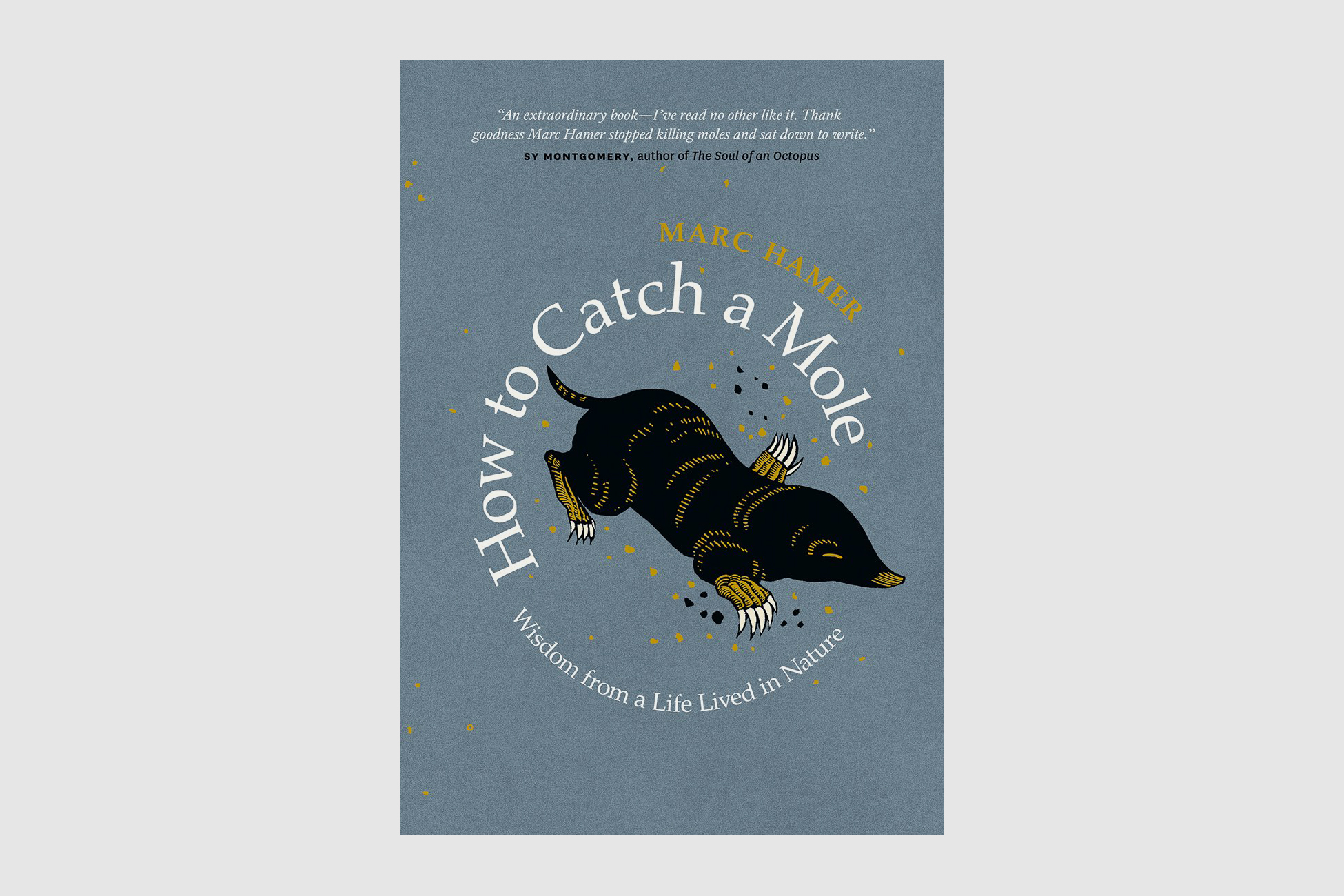
How to Catch a Mole: Wisdom from a Life Lived in Nature by Marc Hamer
For much of his life, Marc Hamer made his living as a molecatcher. Now retired from the profession, he looks back on his unique connection to nature in this memoir, and in doing so offers a welcome perspective on humanity’s attempts to tame the landscape, and the irrepressible forces that struggle back.
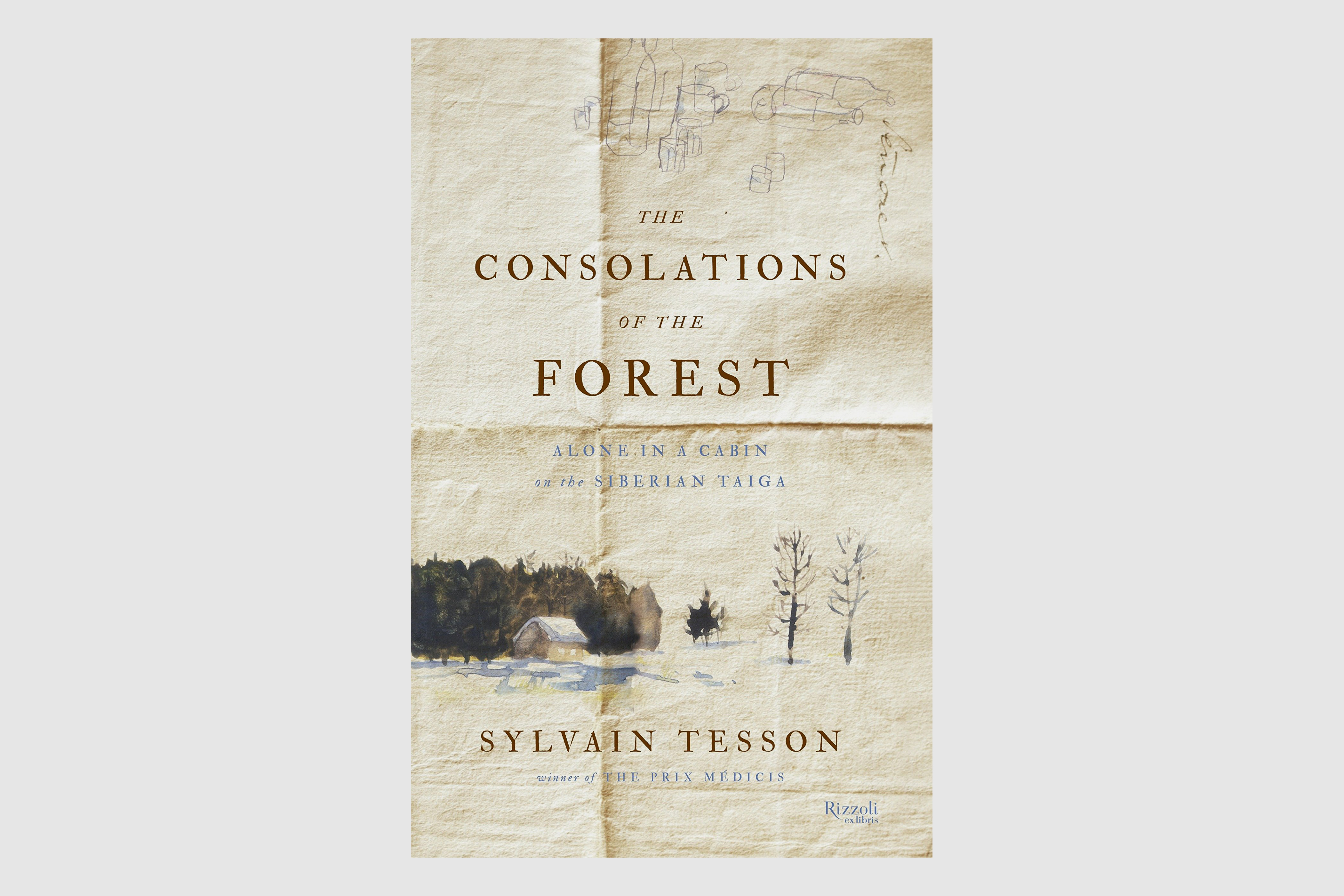
The Consolations of the Forest: Alone in a Cabin on the Siberian Taiga by Sylvain Tesson
As the book’s subtitle suggests, this is Tesson’s captivating account of spending several months living in a cabin in the midst of extreme isolation and brutally cold weather. Tesson’s descriptions of the landscape crackle with life, and his account of the psychological effects of the space around him makes for some of the book’s most moving sections.
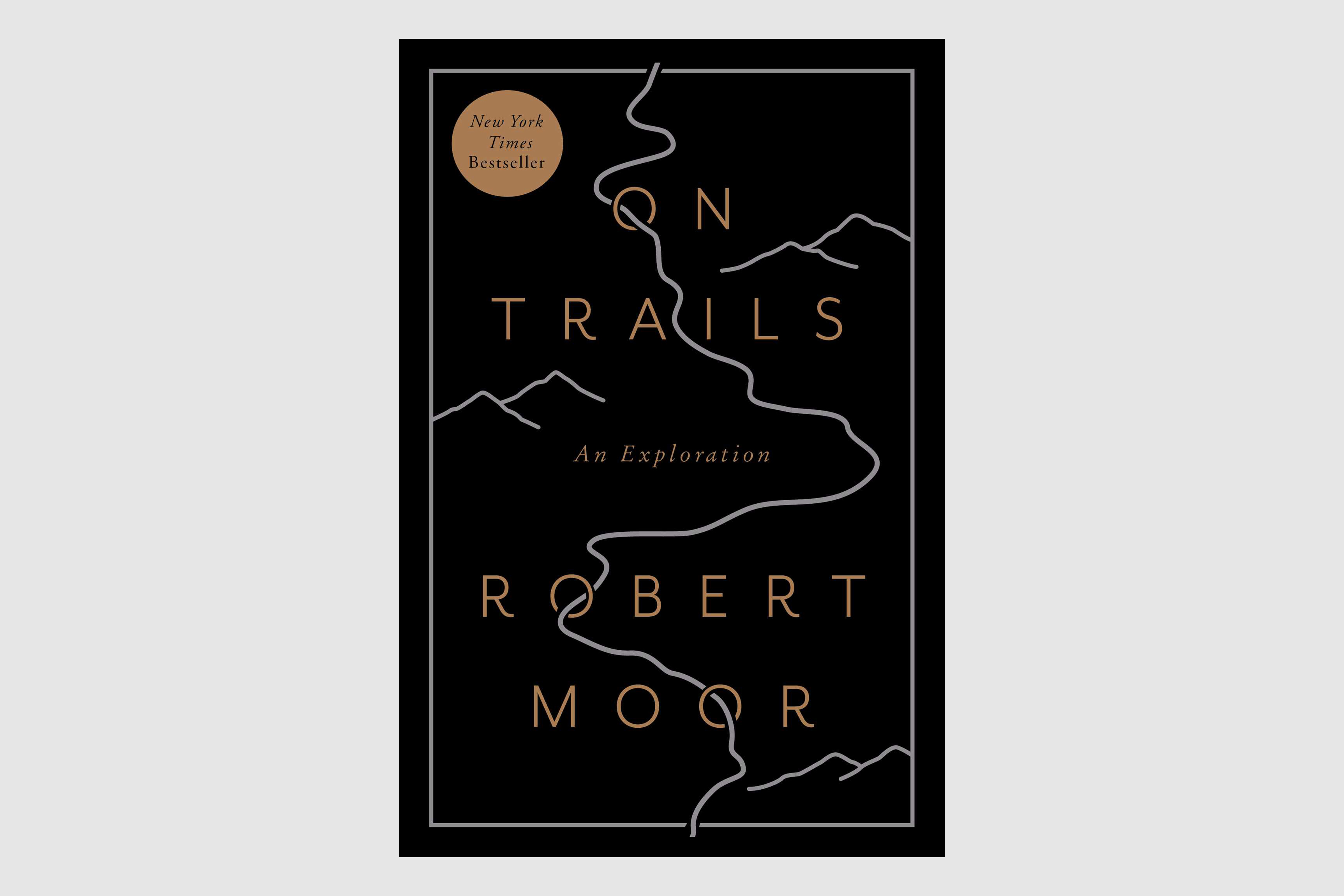
On Trails: An Exploration by Robert Moor
Robert Moor made his way across the Appalachian Trail, and later sat down to write about that experience. What began as a book about one trail turned into something much grander in scope: an exploration of trails in general, a foray into their history and a deep dive into why humanity finds them so compelling.
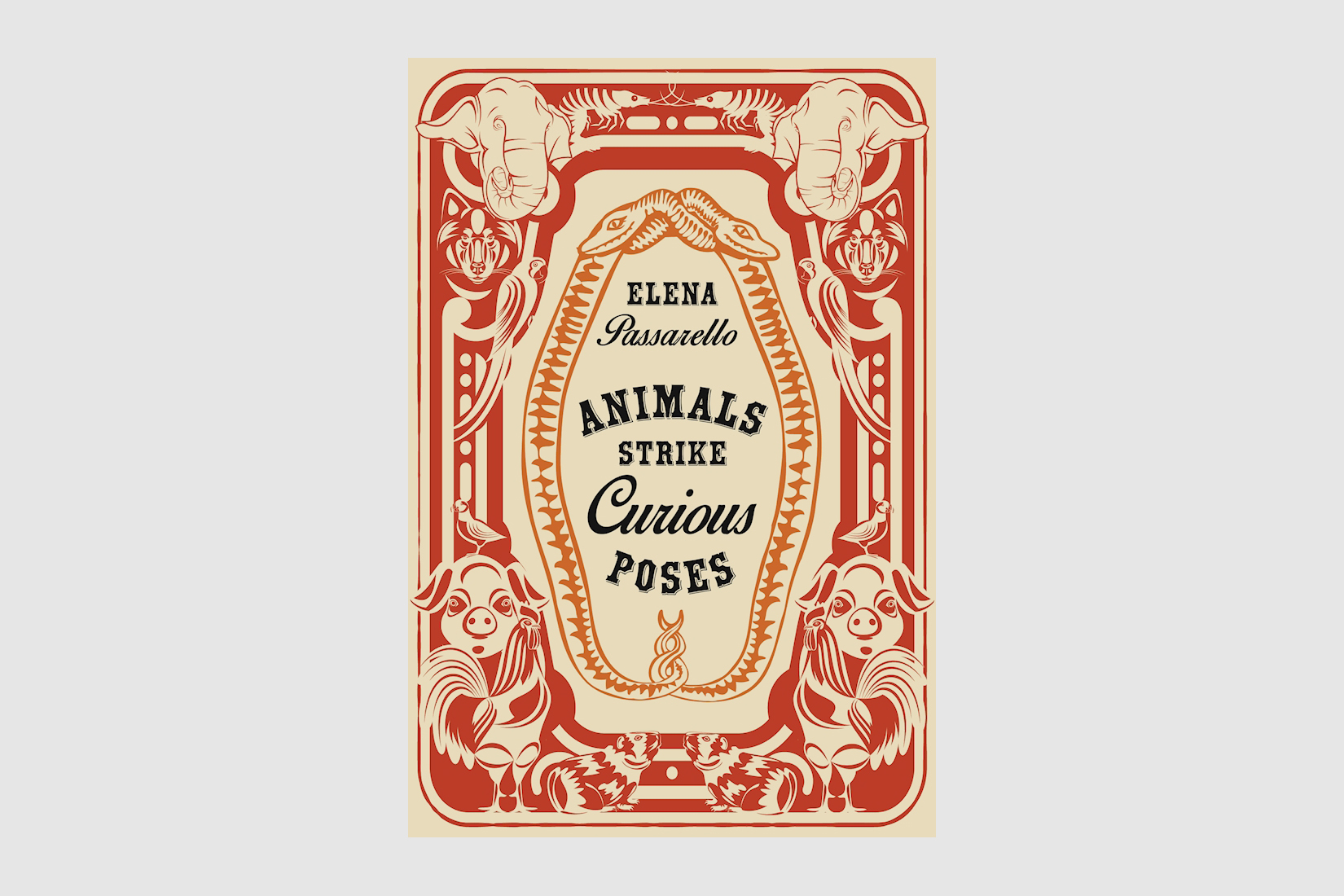
Animals Strike Curious Poses by Elena Passarello
When writing about animals, context matters. Describing a wild animal in its natural habitat is one thing; describing it in captivity is something else. Elena Passarello’s essay collection Animals Strike Curious Poses offers readers a number of windows on the connection between humans and animals — and ventures into some memorable corners of history along the way.
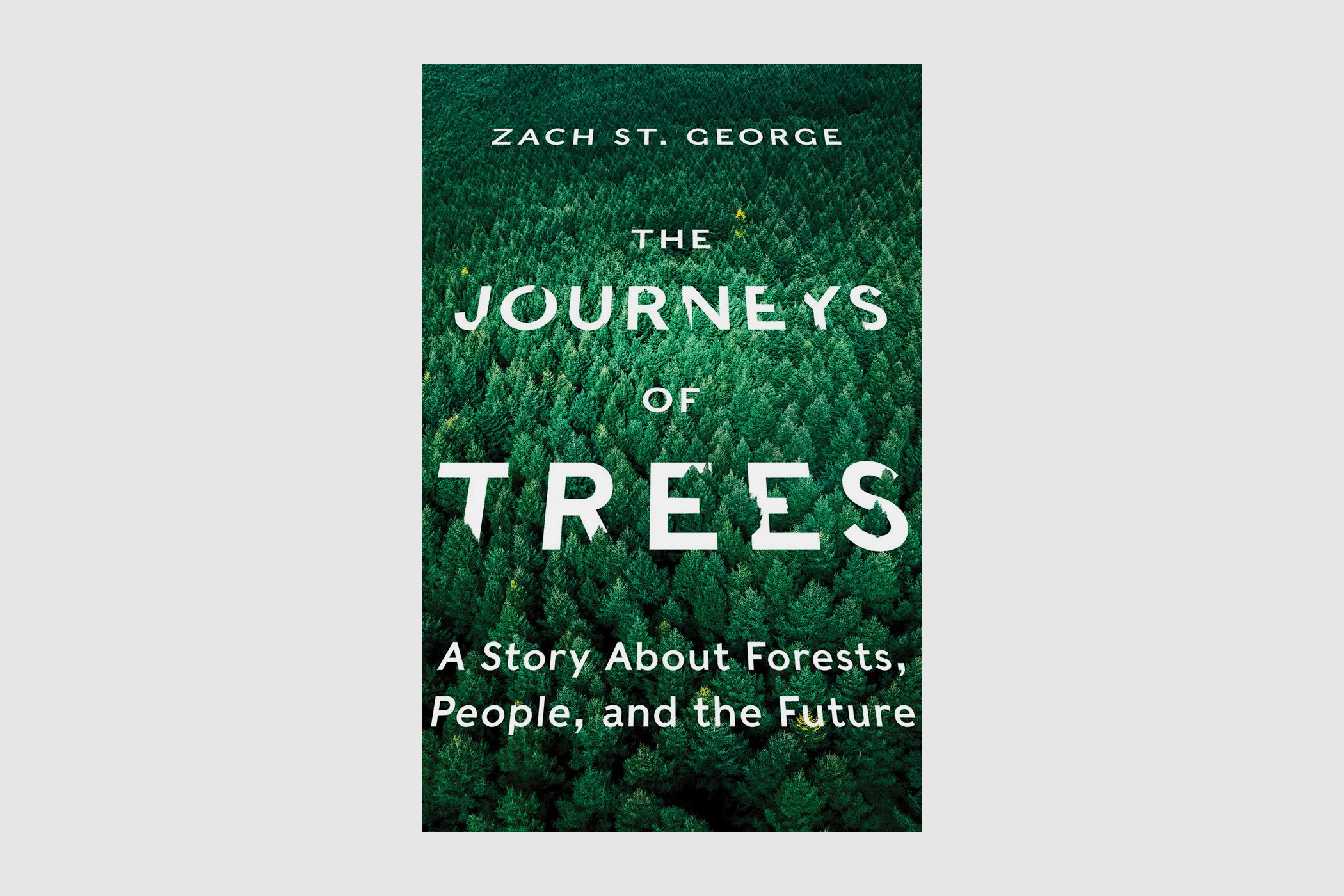
The Journeys of Trees: A Story About Forests, People, and the Future by Zach St. George
What happens when forests are considered as part of an even larger landscape? “I abandoned the usual view people take of trees and forests, as reliable and unchanging, nearly geologic in their stillness, and instead cast them as mobile, dynamic collections of creatures,” Zach St. George wrote in an essay about the writing of his book The Journeys of Trees. The result is a powerful work that also puts some of the planet’s oldest beings in a new light.
This article was featured in the InsideHook newsletter. Sign up now.
